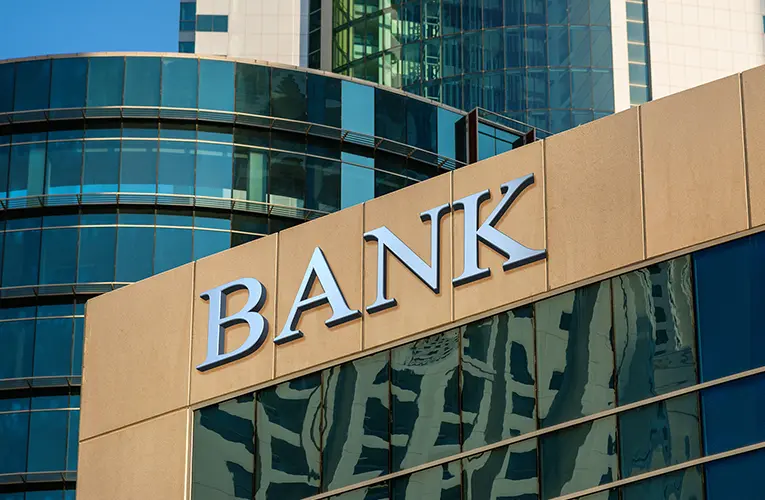“Modern Banking Explained: How Digital Innovations Are Revolutionizing Personal Finance Management”
### Modern Banking Explained: How Digital Innovations Are Revolutionizing Personal Finance Management
The financial landscape is rapidly evolving, driven by digital innovations that are transforming how we manage our personal finances. From online banking and mobile apps to AI-driven financial advice and blockchain technology, these advancements are making financial management more accessible, efficient, and personalized. Here’s a deep dive into how these digital innovations are reshaping modern banking.
—
### 1. **Digital Banking Platforms**
#### 1.1 **Online Banking**
– **Overview:** Allows users to manage their bank accounts via the internet. Common features include checking account balances, transferring funds, paying bills, and monitoring transactions.
– **Benefits:** Provides convenience, 24/7 access, and often lower fees compared to traditional banking.
#### 1.2 **Mobile Banking Apps**
– **Overview:** Apps developed by banks that offer similar functionalities to online banking but optimized for smartphones and tablets.
– **Features:** Mobile check deposit, real-time transaction alerts, budgeting tools, and account management on-the-go.
– **Advantages:** Accessibility from anywhere, ease of use, and additional functionalities like fingerprint or facial recognition for secure logins.
—
### 2. **AI and Machine Learning in Banking**
#### 2.1 **Personalized Financial Advice**
– **Overview:** AI algorithms analyze your spending patterns and financial behaviors to provide tailored advice and recommendations.
– **Examples:** AI-powered chatbots that offer customer service, personalized investment advice, and automated savings plans.
#### 2.2 **Fraud Detection**
– **Overview:** AI systems monitor transactions in real-time to identify unusual patterns and prevent fraudulent activities.
– **Benefits:** Enhances security by quickly detecting and responding to potential threats, reducing the risk of unauthorized transactions.
#### 2.3 **Automated Financial Planning**
– **Overview:** Tools that use AI to help users plan their finances, set savings goals, and track investment performance.
– **Advantages:** Provides actionable insights and strategies based on data-driven analysis, often at a lower cost than traditional financial advisors.
—
### 3. **Blockchain and Cryptocurrencies**
#### 3.1 **Blockchain Technology**
– **Overview:** A decentralized ledger technology that records transactions across multiple computers securely and transparently.
– **Applications:** Used for secure and transparent transactions, smart contracts, and identity verification.
#### 3.2 **Cryptocurrencies**
– **Overview:** Digital or virtual currencies that use cryptography for security and operate independently of traditional banking systems.
– **Popular Examples:** Bitcoin, Ethereum, and other altcoins.
– **Impact:** Provides alternative investment opportunities and a new way to conduct transactions, although it comes with higher volatility and regulatory considerations.
—
### 4. **Fintech Innovations**
#### 4.1 **Peer-to-Peer (P2P) Lending**
– **Overview:** Platforms that connect borrowers directly with lenders, bypassing traditional banks.
– **Benefits:** Often lower interest rates for borrowers and better returns for lenders.
#### 4.2 **Robo-Advisors**
– **Overview:** Automated platforms that provide investment management services with minimal human intervention.
– **Features:** Portfolio management, risk assessment, and investment recommendations based on algorithms.
#### 4.3 **Digital Wallets and Payment Solutions**
– **Overview:** Services that enable users to store and manage payment information electronically.
– **Examples:** Apple Pay, Google Wallet, and PayPal.
– **Advantages:** Streamlined transactions, reduced need for physical cards, and enhanced convenience for online and in-person purchases.
—
### 5. **Enhanced Customer Experience**
#### 5.1 **Omnichannel Banking**
– **Overview:** Integration of multiple banking channels (online, mobile, phone, in-branch) to provide a seamless customer experience.
– **Benefits:** Consistent service and access across various platforms, improving customer satisfaction and convenience.
#### 5.2 **Advanced Security Measures**
– **Overview:** Use of biometric authentication (fingerprint, facial recognition), encryption, and multi-factor authentication to protect sensitive information.
– **Advantages:** Increases security and reduces the risk of unauthorized access to accounts.
—
### 6. **Future Trends in Digital Banking**
#### 6.1 **Open Banking**
– **Overview:** A system where banks provide third-party providers access to customer data (with consent) to enhance financial services and create new products.
– **Impact:** Encourages innovation and competition in the financial services sector.
#### 6.2 **AI-Driven Customer Service**
– **Overview:** Continued advancements in AI will lead to even more sophisticated customer service solutions, including improved chatbots and virtual assistants.
– **Future Prospects:** Enhanced personalization and efficiency in addressing customer inquiries and managing financial tasks.
#### 6.3 **Sustainable and Ethical Banking**
– **Overview:** Growing emphasis on sustainable practices and ethical investment options within digital banking platforms.
– **Examples:** Eco-friendly financial products and transparency in investment practices.
—
### 7. **Conclusion**
Digital innovations are transforming personal finance management, offering more convenience, personalization, and efficiency than ever before. By leveraging online and mobile banking, AI, blockchain technology, and fintech solutions, individuals can better manage their finances, enhance security, and access a wide range of financial products and services. As technology continues to advance, the future of banking will likely bring even more opportunities and improvements, shaping how we interact with our finances in the years to come.









